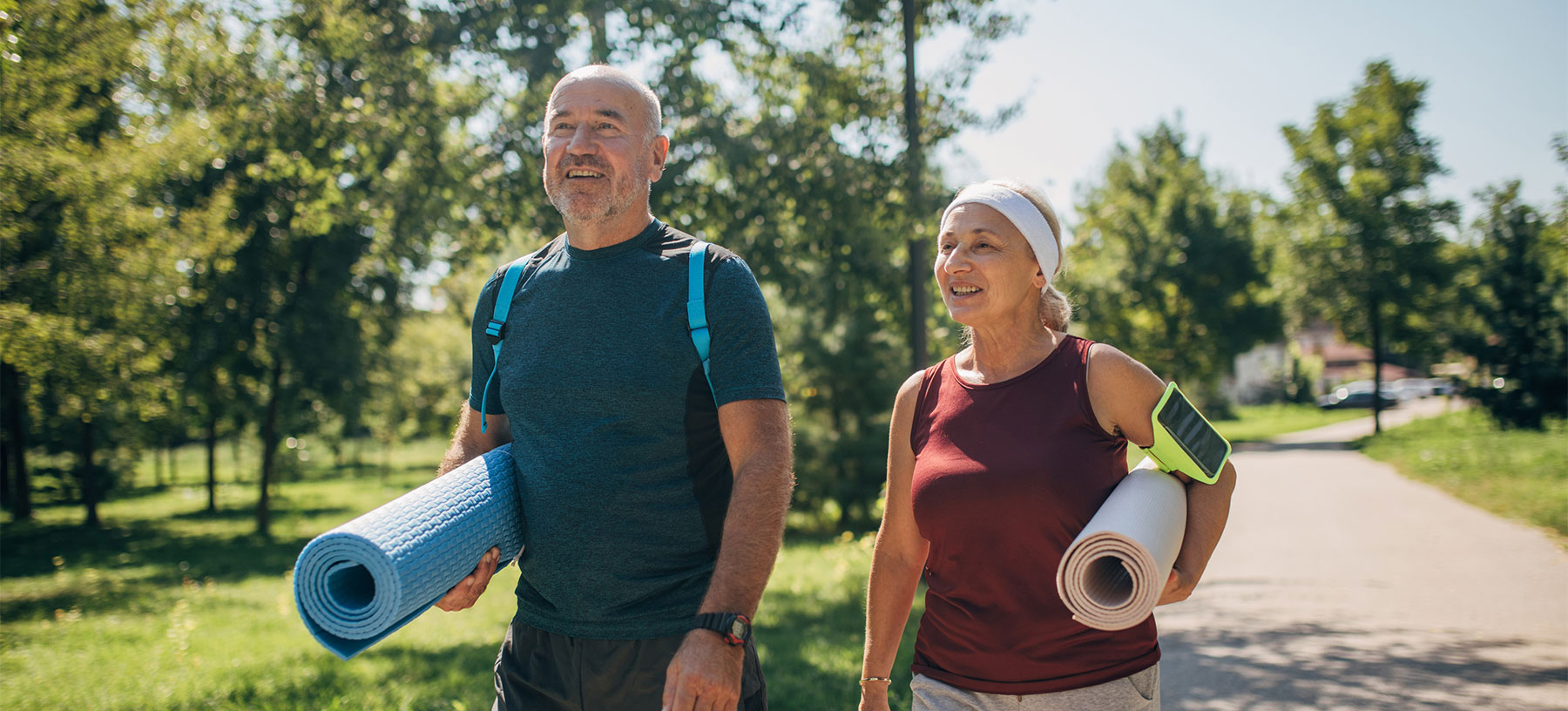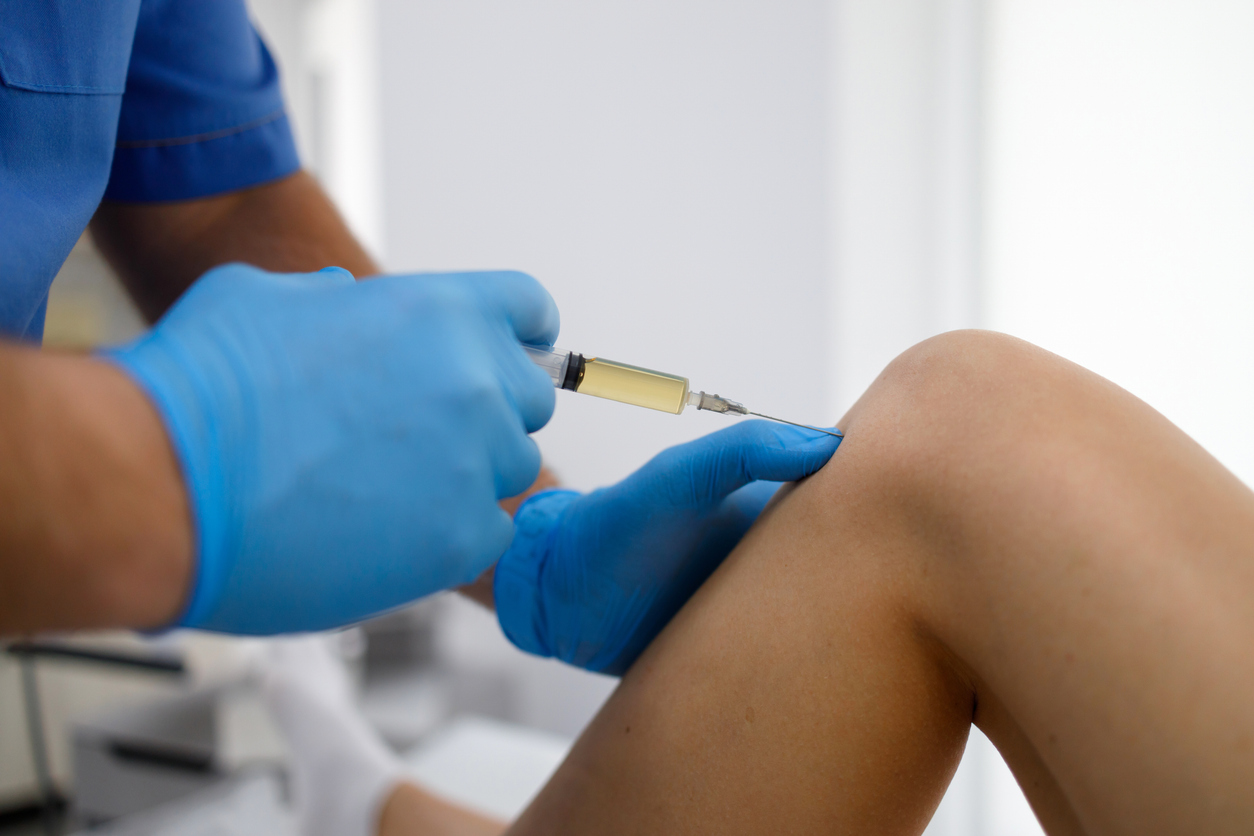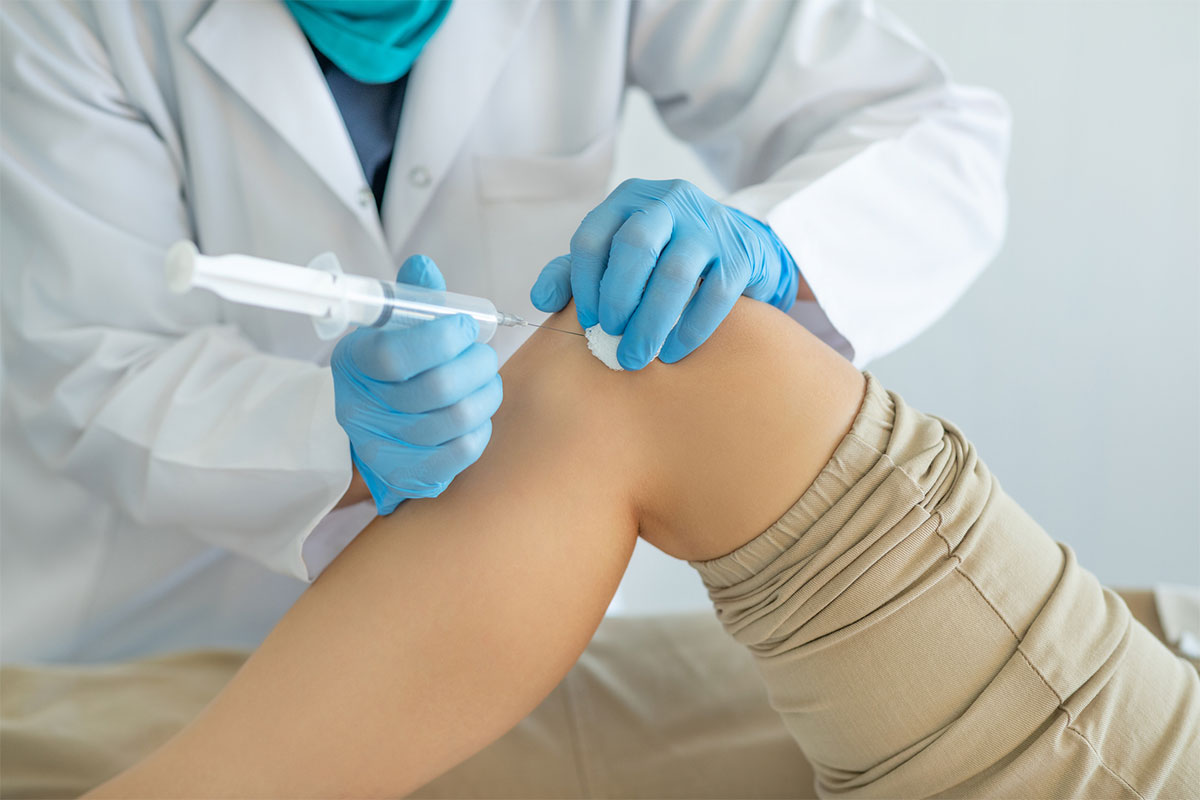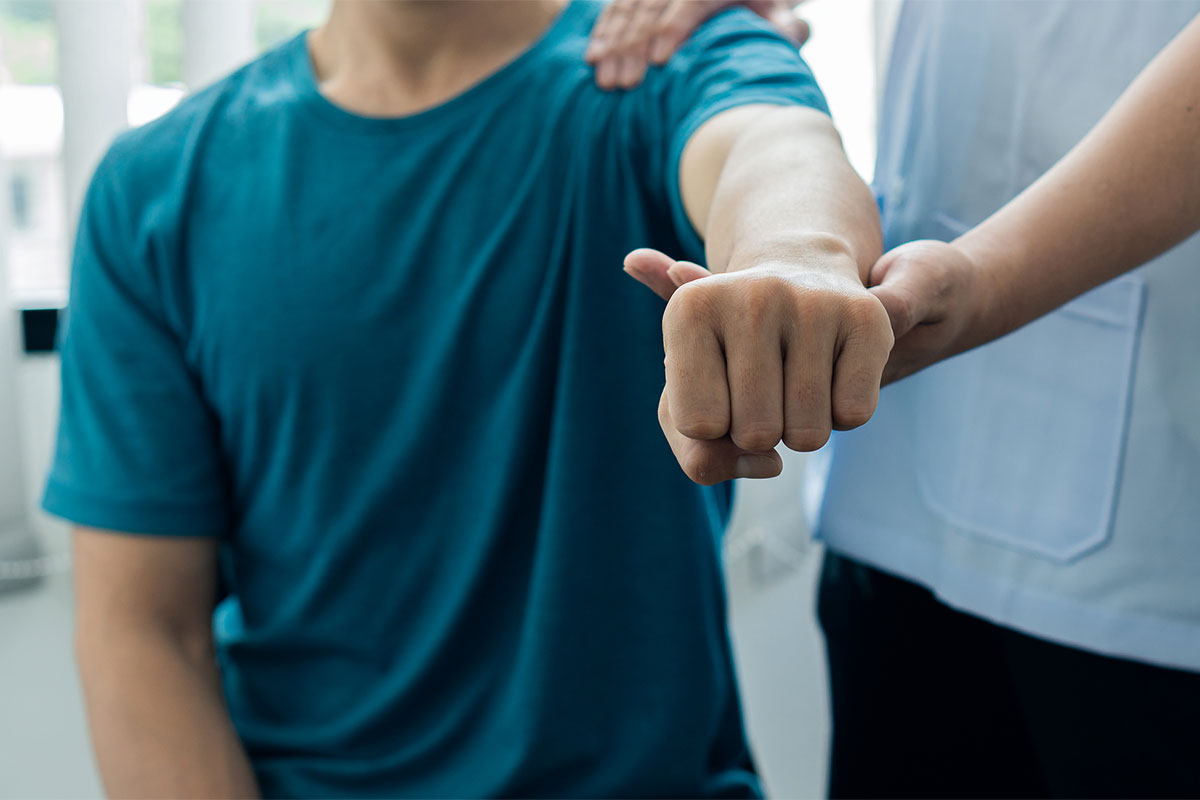- info@westlakesportsmed.com
- 737-237-5750
- 5656 Bee Caves Rd. Suite F-201 Austin, TX 78746
Exosomes are nano-sized messengers naturally released by stem cells. These powerful extracellular vesicles carry vital signaling molecules—such as proteins, lipids, and genetic material—that help coordinate healing and cellular communication throughout the body.
Unlike stem cell injections, exosome therapy delivers pure regenerative signaling factors without the use of live cells, offering a cutting-edge, cell-free approach to support tissue repair, reduce inflammation, and restore cellular balance.
At Westlake Sports Medicine, exosome injections are part of a personalized regenerative care strategy, designed to enhance healing at the cellular level with precision and consistency.


Exosome therapy may be recommended for a variety of orthopedic and musculoskeletal conditions, including:
This therapy is often considered when conservative measures alone haven’t achieved desired results or when patients seek non-surgical regenerative alternatives.
You may benefit from exosome therapy if you’re experiencing:

Exosome therapy offers several potential advantages:
Exosome injections are performed as a quick, in-office procedure. After identifying the area of concern, the skin is cleaned and sterilized. A concentrated exosome solution—sourced from rigorously tested, ethically derived materials—is then injected into the targeted joint, tendon, or soft tissue using a fine needle.
Ultrasound guidance may be used to ensure precision placement. The entire session usually takes 15–30 minutes, and patients typically experience minimal discomfort.
Most patients experience mild soreness or stiffness at the injection site for a day or two, but recovery is generally fast. You can resume light daily activity shortly after treatment. Strenuous exercise should be avoided for a few days, based on your personalized recovery plan.
Full results typically emerge gradually over several weeks, as the regenerative signals encourage cellular repair and tissue healing. Follow-up care may be recommended to monitor your progress.


To support optimal healing, follow these aftercare tips:
Exosome injections are a powerful tool, but they are only one part of a broader treatment plan.
At Westlake Sports Medicine, we integrate regenerative therapies with:
By combining these elements into a unified care strategy, we help you recover more
completely, avoid unnecessary procedures, and return to the active life you love.
